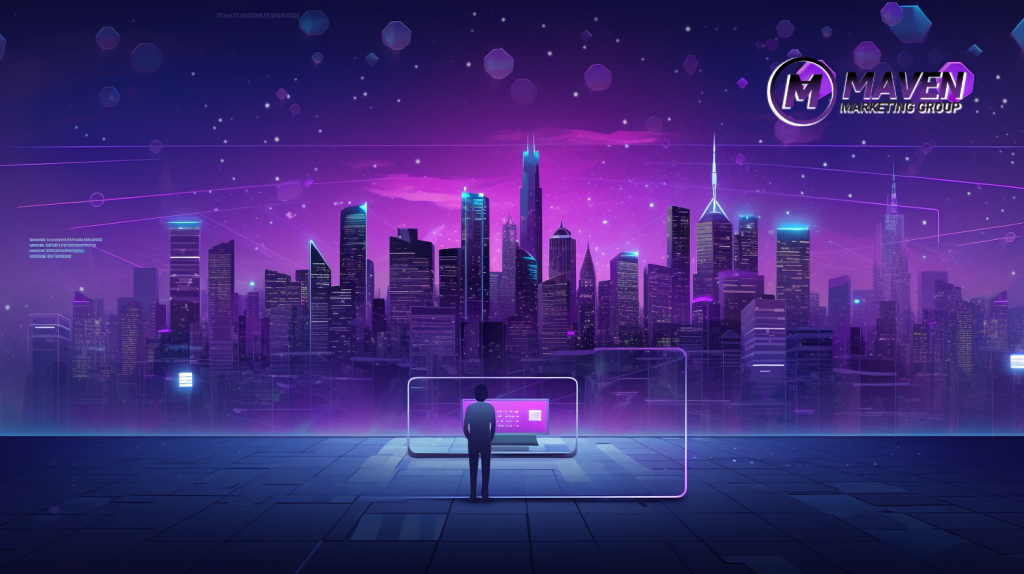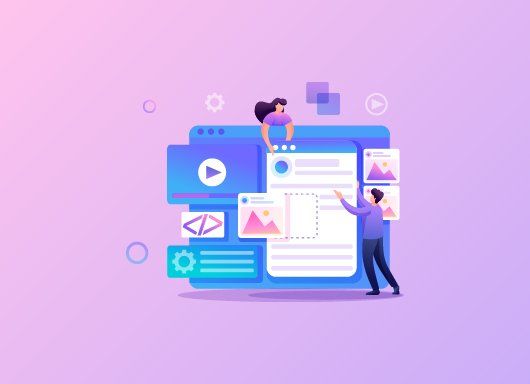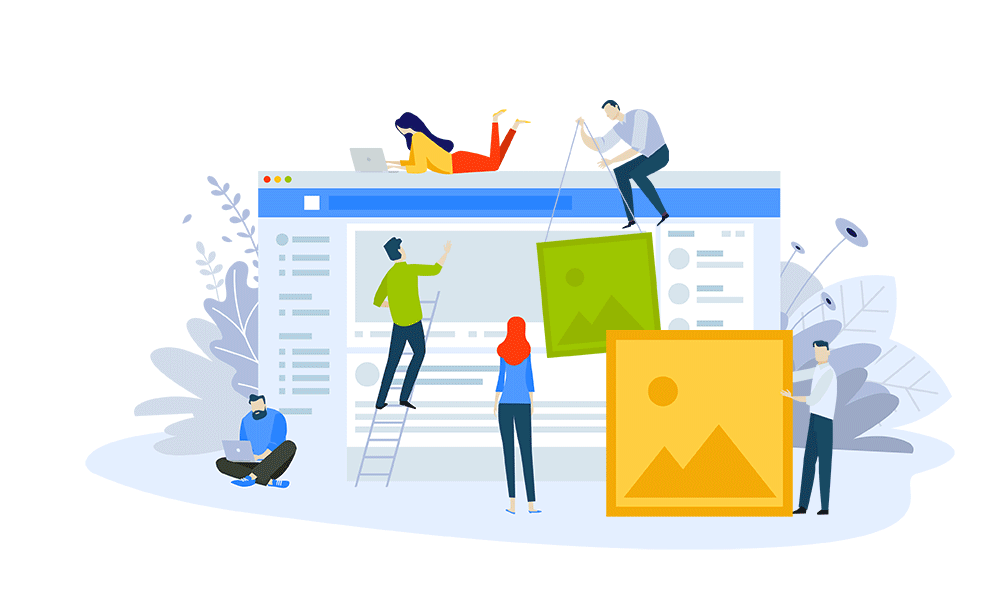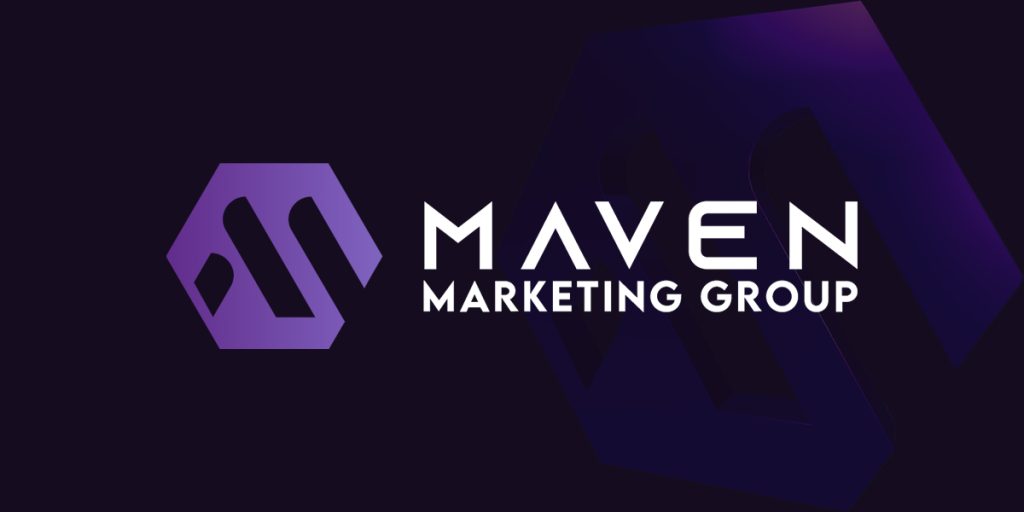
To start a career in web design, you should begin by learning foundational design principles, mastering essential design tools like Adobe Photoshop or Illustrator, getting familiar with basic web technologies like HTML and CSS, building a portfolio showcasing your work, networking with professionals in the field, and staying updated with the latest industry trends.
We provide a more detailed roadmap to guide you on your journey below.
1. Learn the Fundamentals
- What It Means: Familiarize yourself with the basics of design principles, color theory, and typography.
- Why It Matters: A strong foundational knowledge sets the stage for creating compelling and effective web designs.
2. Master Key Tools and Technologies
- What It Means: Gain proficiency in essential tools like Adobe Photoshop, Illustrator, and web design platforms such as WordPress or Wix.
- Why It Matters: These tools are industry standards and will be central to your process as a web designer, regardless of degree.
3. Dive into HTML and CSS
- What It Means: While not mandatory for all web design roles, understanding the basics of HTML and CSS can be a significant advantage.
- Why It Matters: A grasp of these languages allows you to turn your designs into functional web pages, bridging the gap between design and development.
4. Build a Portfolio
- What It Means: Compile a collection of your best works, personal projects, or even hypothetical design challenges.
- Why It Matters: A portfolio showcases your skills, creativity, and versatility to potential employers or clients.
5. Stay Updated and Specialize
- What It Means: Web design is an evolving field. Stay updated with the latest trends and consider specializing in areas like UI/UX design.
- Why It Matters: Specializing and staying current can make you more marketable and open up higher-paying opportunities.
6. Network and Seek Mentorship
- What It Means: Connect with experienced web designers, join design communities, and attend relevant workshops or conferences.
- Why It Matters: Networking can open doors to job opportunities and provide insights into industry best practices.













